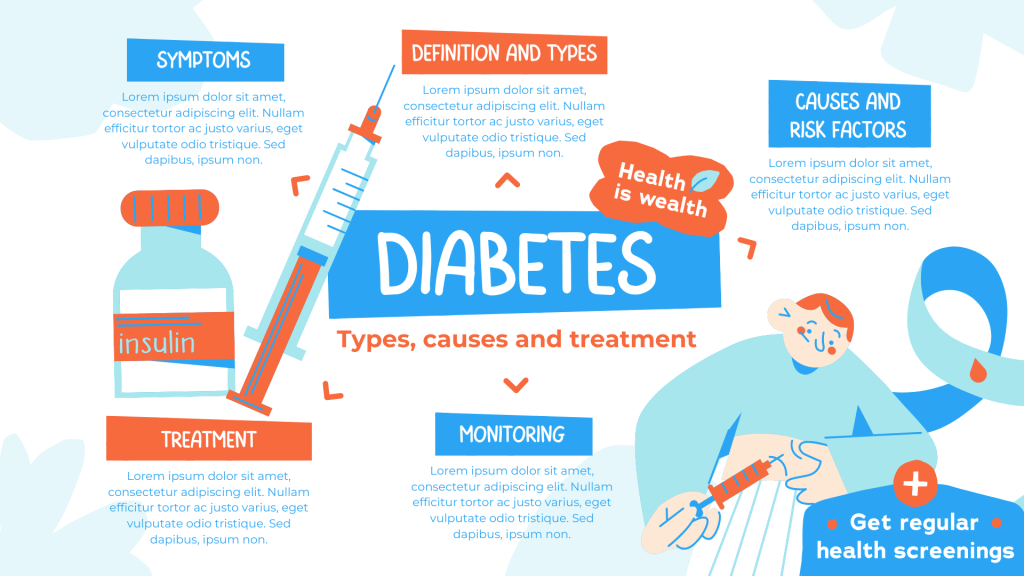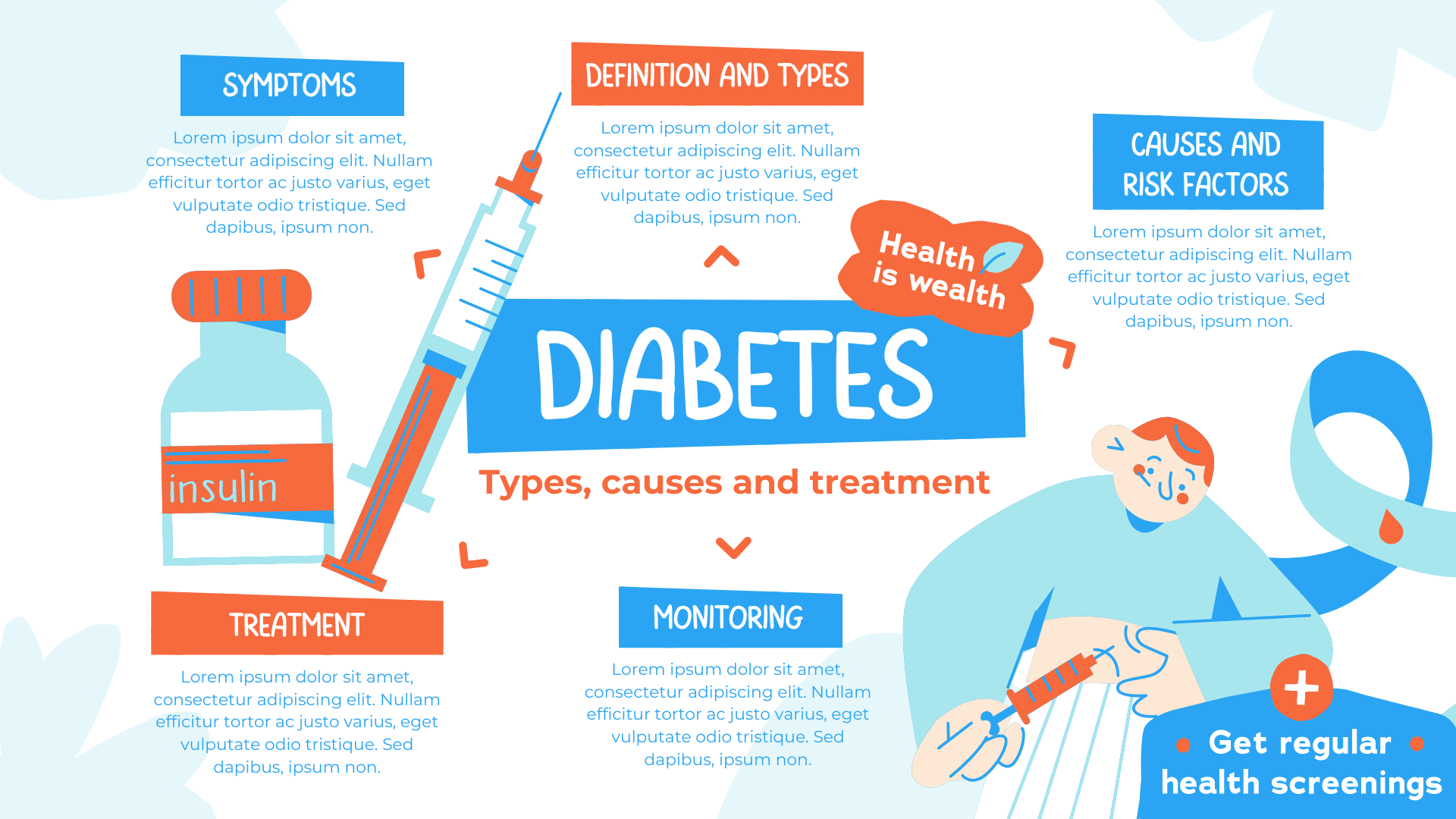Diabetes, particularly type 2 diabetes, has become a global health concern, affecting millions of people worldwide. One of the most significant risk factors for developing type 2 diabetes is obesity. Understanding the intricate relationship between obesity and diabetes is crucial for effective prevention and management strategies.
Obesity is characterized by excess body fat accumulation, often resulting from an imbalance between calorie intake and energy expenditure. It is well-established that obesity significantly increases the risk of developing type 2 diabetes. Excess adipose tissue, especially visceral fat around organs like the liver and pancreas, contributes to insulin resistance, a hallmark feature of type 2 diabetes. Insulin resistance occurs when cells fail to respond adequately to insulin, leading to elevated blood glucose levels.
Furthermore, obesity is associated with chronic low-grade inflammation, which further impairs insulin sensitivity and promotes the progression of diabetes. Adipose tissue secretes various pro-inflammatory molecules called adipokines, which contribute to insulin resistance and pancreatic beta-cell dysfunction, exacerbating diabetes development.
The pathophysiological mechanisms linking obesity and type 2 diabetes are complex and multifactorial. Adipose tissue dysfunction, dysregulated lipid metabolism, oxidative stress, and altered gut microbiota composition are among the factors implicated in this relationship. Genetic predisposition, lifestyle factors such as diet and physical activity, and environmental influences also play significant roles in the development of both obesity and diabetes.
Preventing and managing obesity is crucial for reducing the risk of type 2 diabetes and its complications. Lifestyle modifications, including adopting a healthy diet rich in fruits, vegetables, and whole grains, regular physical activity, and weight management, are cornerstone strategies for preventing and managing both conditions. Behavioral interventions aimed at promoting sustained weight loss and improving metabolic health can significantly reduce the incidence of type 2 diabetes among high-risk individuals.
In addition to lifestyle interventions, pharmacological treatments targeting obesity-related comorbidities, such as hypertension and dyslipidemia, can help mitigate diabetes risk. Bariatric surgery, particularly in severely obese individuals, has been shown to induce significant weight loss and improve glycemic control, offering a viable treatment option for those with obesity-related diabetes.
Public health efforts aimed at addressing the obesity epidemic are essential for stemming the rising tide of type 2 diabetes. Implementing policies to promote healthy eating, physical activity, and obesity prevention across the lifespan can help curb the diabetes epidemic and reduce the burden on healthcare systems worldwide.
In conclusion, obesity is a major risk factor for type 2 diabetes, contributing to insulin resistance, chronic inflammation, and metabolic dysfunction. Understanding the intricate interplay between obesity and diabetes is crucial for developing effective prevention and management strategies. Emphasizing lifestyle interventions, pharmacological treatments, and public health initiatives aimed at obesity prevention can help mitigate the risk of diabetes and improve overall health outcomes.




